Chicagophotoshop
TPF Noob!
- Joined
- Jan 25, 2007
- Messages
- 395
- Reaction score
- 0
- Location
- Chicago, IL USA
- Website
- www.chicagophotoshop.com
- Can others edit my Photos
- Photos NOT OK to edit
well my d100 is only 6.1mp I really am looking for justification for using and saving RAW & TIFF. someone to say here is why you should do it.JPEGs seem to be fine to be honest. I shoot at 12mp and save them at the higest possible quality and the print qualtiy is great.


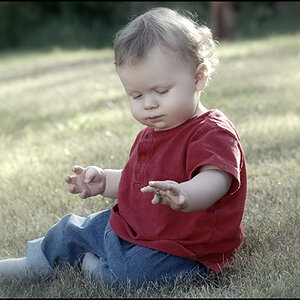
![[No title]](/data/xfmg/thumbnail/40/40290-c6963a3e1b72b7543d1633356ec3fc9c.jpg?1619739409)
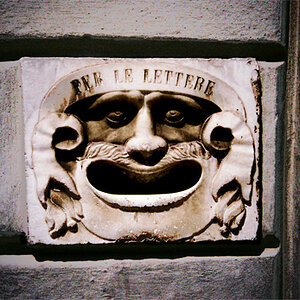

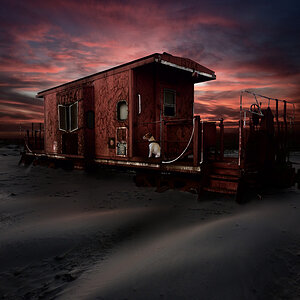
![[No title]](/data/xfmg/thumbnail/40/40291-922170cc27b31d44c3f7f3db9ac1d006.jpg?1619739409)
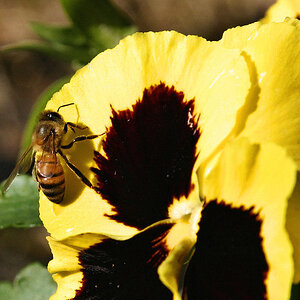
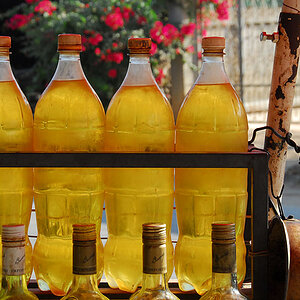
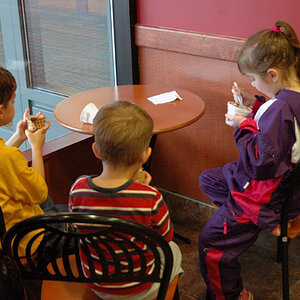
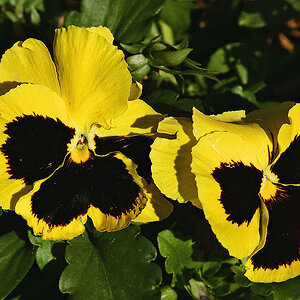
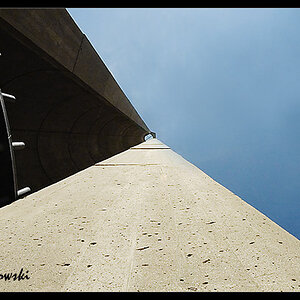
![[No title]](/data/xfmg/thumbnail/35/35667-929554d4a99c11e00cc6fb65672d03e0.jpg?1619737090)